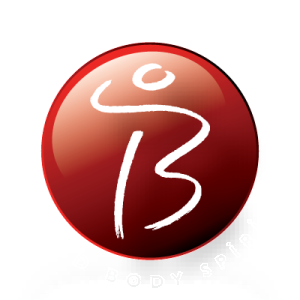To Tuck Or Not To Tuck?
To tuck or not to tuck? That is the yogic question inherent in Tadasana (aka Samasthiti or Standing Pose). What is the end product of this action supposed to feel like? We are told it should feel as if the tailbone is lengthening. But what does that feel like? And should there be other actions going on to support the asana?
To answer those questions, we first have to look at one’s unique normal posture. If I stand in such a way that I have an excessive lordotic curve, then I may have to do some kind of a tucking action to get my tailbone to lengthen. But how much of it do I do? How do I know when I am in the “right” position? If I normally tend to stand with my pelvis already in a tucked position, then I will need to “un-tuck” to get the lengthening. But I arrive at the same questions: How many degrees of un-tucking and how do I know when I am “right”?
I have a possible solution for you.
Using a yoga block and facing a wall, place the block on the wall and move your body forward until the block is secured. The block is between the navel (about 2” below) and just above the pubic bone. Gently press the block into the wall with this area of the body. Be sure you are standing as straight as possible and neither leaning to push the block nor letting the block push you. It is a firm, yet gentle, engagement. You should feel equal weight on the feet and equal weight on the forefoot and rear foot – thus balancing on the arch of the foot.
You will feel engagement in the following areas: gluteals, deep abdominals and legs.
You might notice how the back around the waistline is neutral – it really isn’t activated at all; rather it is the deep pelvic muscles together with an aliveness in the legs. Congratulations! You have also activated mula bandha and vajroli mudra – both actions that provide support for asanas.
Keeping this feel and connection to the block, inhale and raise your arms upward as you would do in a flow class. Notice how a properly engaged pelvis supports the action and gives a feeling of lightness as the arms go overhead. This is often lost in classes where I see students collapse in over-arching the low back as they take their arms overhead. From that point on, as they fall forward into Uttanasana, the responsibility for holding the weight of the body falls on the upper back, neck and the back of the knees. Knowing both intellectually and somatically where the support should be allows us to free these areas of the body.
“Tuckers, “non-tuckers” as well as all of those who are in-between will be able to practice with the block and find their own unique adjustments with a deeper understanding.
The action that you discover within your own body can be applied to all of your standing poses to provide a deeper support as well as developing more strength and steadiness.
